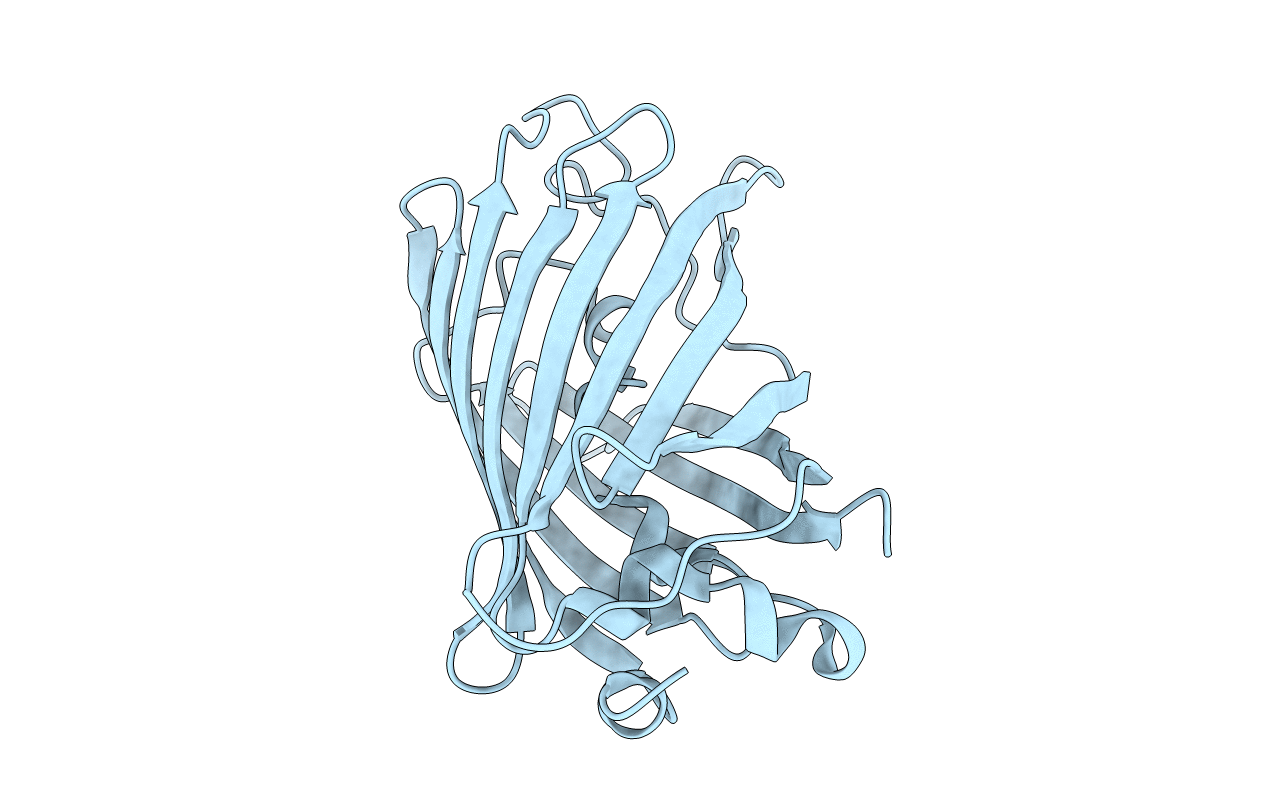
Deposition Date
2000-05-15
Release Date
2000-11-17
Last Version Date
2024-10-16
Entry Detail
PDB ID:
1F09
Keywords:
Title:
CRYSTAL STRUCTURE OF THE GREEN FLUORESCENT PROTEIN (GFP) VARIANT YFP-H148Q WITH TWO BOUND IODIDES
Biological Source:
Source Organism:
Aequorea victoria (Taxon ID: 6100)
Host Organism:
Method Details:
Experimental Method:
Resolution:
2.14 Å
R-Value Work:
0.20
R-Value Observed:
0.20
Space Group:
P 21 21 21


